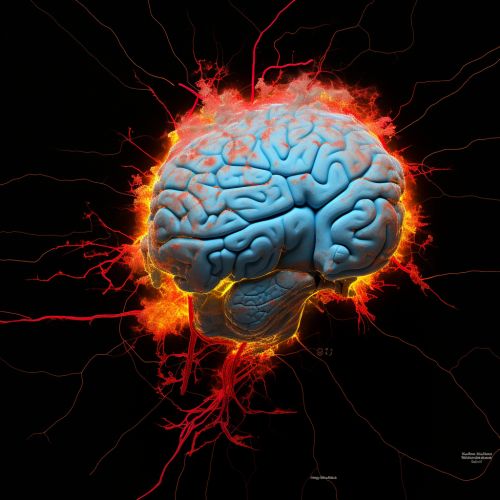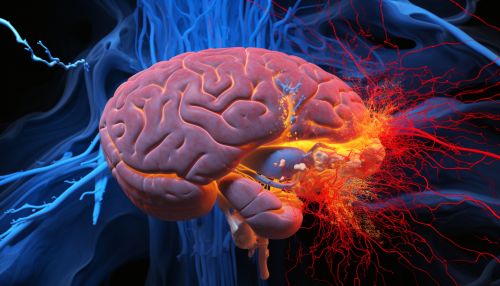Gustatory cortex
Overview
The Gustatory cortex is a region of the brain that is associated with the perception of taste. It is part of the cerebral cortex and is located in the insula, deep within the lateral sulcus. The gustatory cortex receives information from the taste buds and processes this information to allow us to perceive and recognize different tastes.
Anatomy
The gustatory cortex is located in the insula, which is found deep within the lateral sulcus of the brain. The insula is a small region of the cerebral cortex that is located within the lateral sulcus, which separates the frontal and temporal lobes. The gustatory cortex is located in the anterior part of the insula and extends into the frontal operculum.


The gustatory cortex is connected to other areas of the brain that are involved in the perception of taste, including the orbitofrontal cortex and the amygdala. These connections allow the gustatory cortex to integrate taste information with other sensory information to produce a complete perception of taste.
Function
The primary function of the gustatory cortex is to process taste information. This information is received from the taste buds, which are located on the tongue and other parts of the mouth. The taste buds detect different taste qualities, such as sweet, salty, sour, bitter, and umami. This information is then sent to the gustatory cortex via the cranial nerves.
In the gustatory cortex, this information is processed and interpreted. This allows us to perceive and recognize different tastes. The gustatory cortex is also involved in the emotional response to taste, as it is connected to the amygdala, which is involved in emotion.
The gustatory cortex also plays a role in the perception of flavor. Flavor is a combination of taste and smell, and the gustatory cortex is involved in integrating these two sensory modalities. This is why when we have a cold and our sense of smell is impaired, food often tastes bland.
Research
Research into the gustatory cortex has helped to improve our understanding of how the brain processes taste information. For example, studies have shown that different areas of the gustatory cortex respond to different taste qualities. This suggests that there is a map of taste qualities in the gustatory cortex, similar to the map of the body in the somatosensory cortex.
Research has also shown that the gustatory cortex is involved in the perception of flavor. This has been demonstrated in studies where the gustatory cortex was stimulated while participants were tasting food. The stimulation altered the perceived flavor of the food, suggesting that the gustatory cortex plays a role in flavor perception.
Disorders
Disorders of the gustatory cortex can lead to changes in taste perception. For example, damage to the gustatory cortex can cause ageusia, which is the loss of the ability to taste. This can be caused by a variety of conditions, including stroke, brain injury, and certain neurological disorders.
In addition to ageusia, damage to the gustatory cortex can also cause dysgeusia, which is a distortion of taste. People with dysgeusia may perceive a taste when there is no food in the mouth, or they may perceive a different taste than the one that is actually present.
